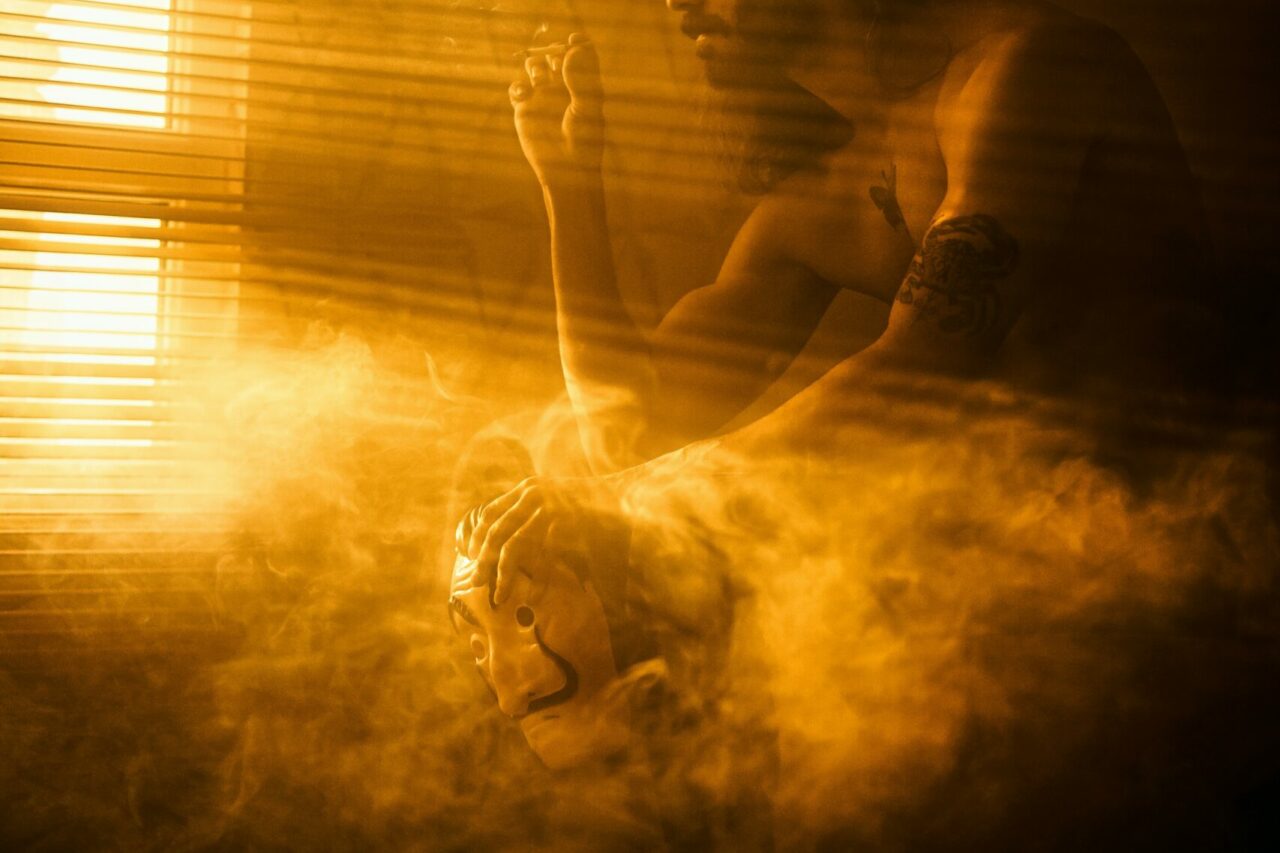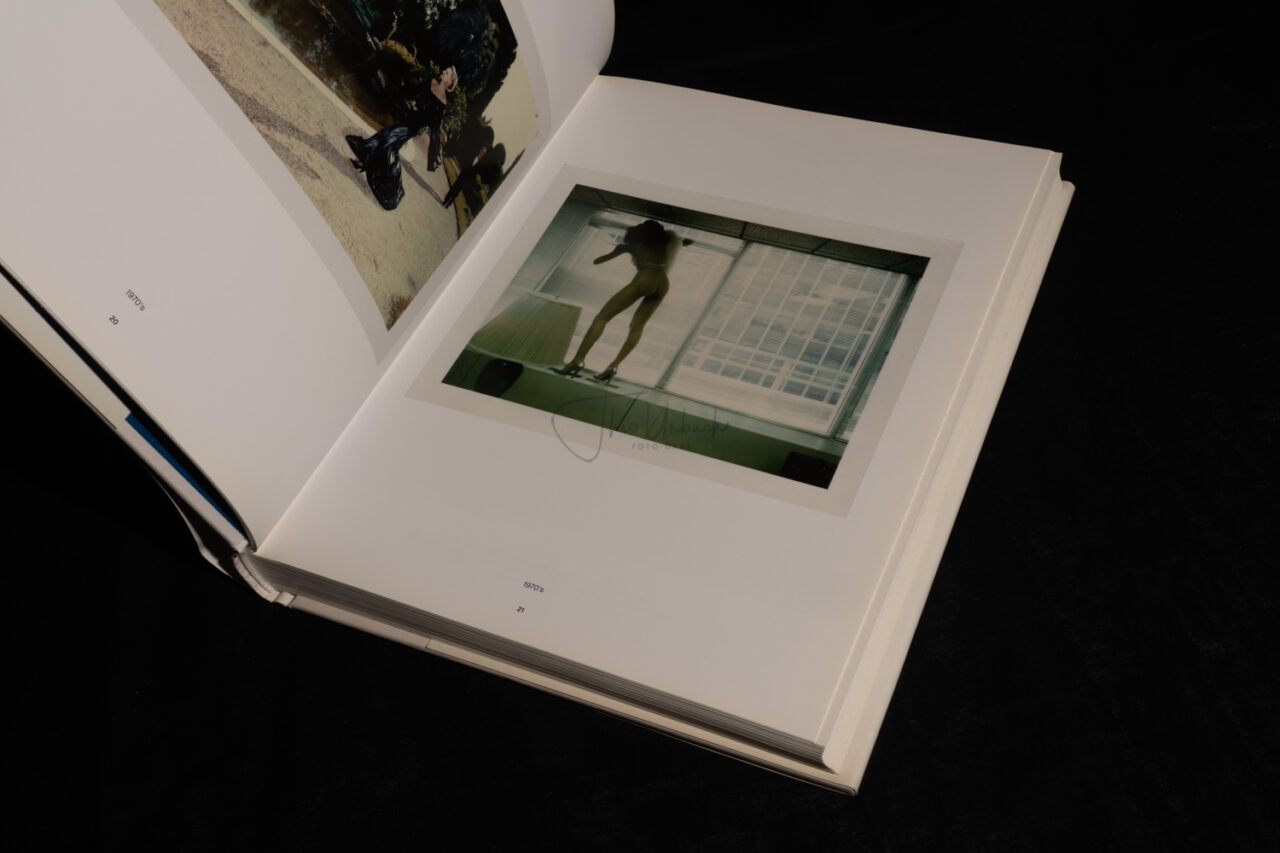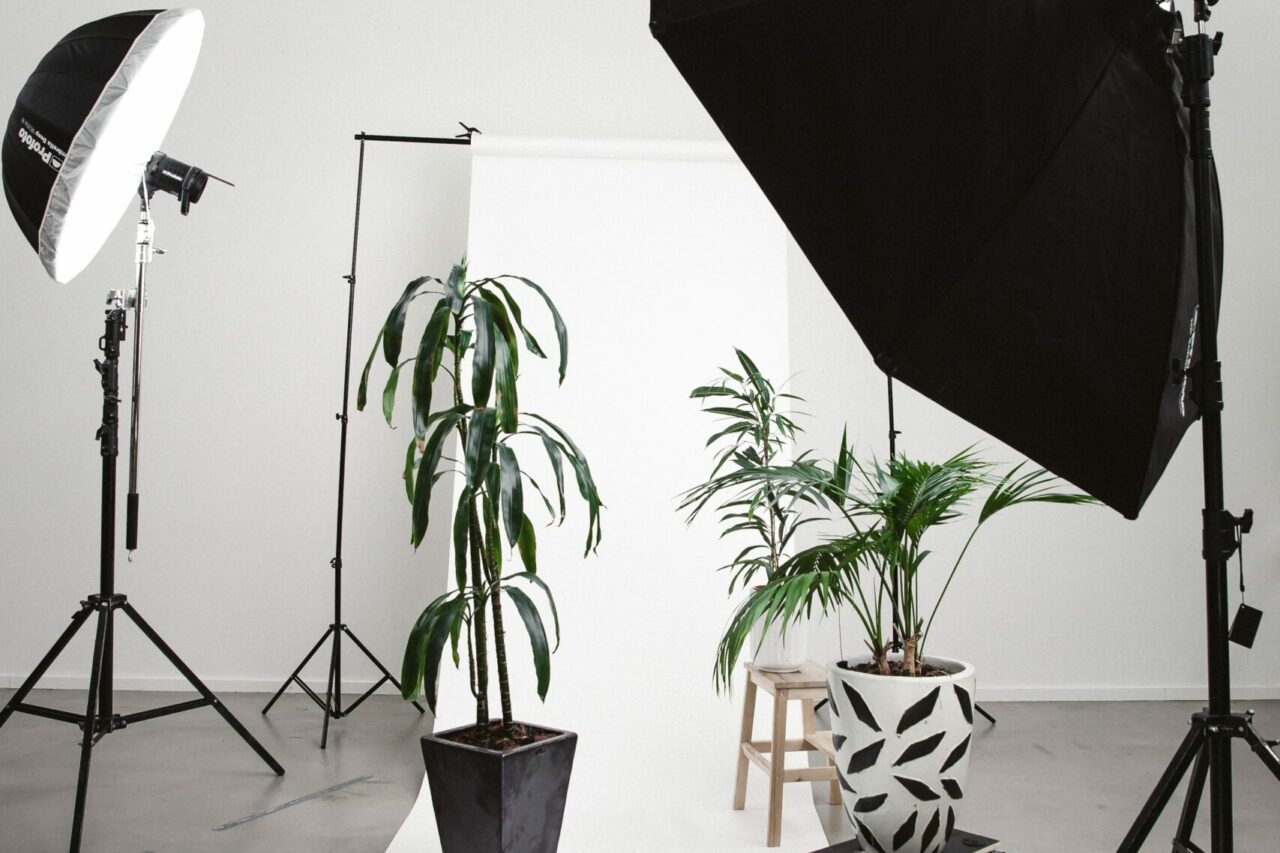We’ve all heard of mood boards. But what’s the point? I mean, why do you even need to make a moodboard? Aren’t blogs and websites for that sort of thing? Well, maybe and maybe not. Moodboards have different uses than your everyday blog or website. They can be used for so much more, such as visualising your idea, mapping out where you want to go, seeing what’s possible and making a vision board. The main purpose of a moodboard is to create a vision of your goals and dreams. What do you want to achieve? How do you want to feel? What would you like to see? These are just some examples of the questions that should be going through your mind whilst creating a mood board. So let’s take a look at some reasons why you should make a mood board and how they can help you along your journey.
So you’re still not sure if moodboards are right for you? That is a great sign because it means you know exactly when and why to use them. Moodboards are used to map out your design theme, set your goals and objectives, or simply visualise your ideas. They support brainstorming sessions, creative direction and processes.
Whether you are planning a project, developing a brand identity or simply trying to get on with your life, moodboards can help you visualise goals. Moodboards are the tool of choice for forward-thinking people; everyone from movie directors to architects and designers use them to help realise their vision. Designers use moodboards as tools to communicate their ideas with objectivity in order to avoid groupthink. If a design project is always evolving and moving forward, moodboards have a distinct advantage over traditional two-dimensional designs like concept boards. Concept boards also help you establish a shared vision and direction with your team. Moodboards provide a more complete view of the product that other methods may miss.
Moodboards can help you shape your brand identity, fostering creativity and innovation.



